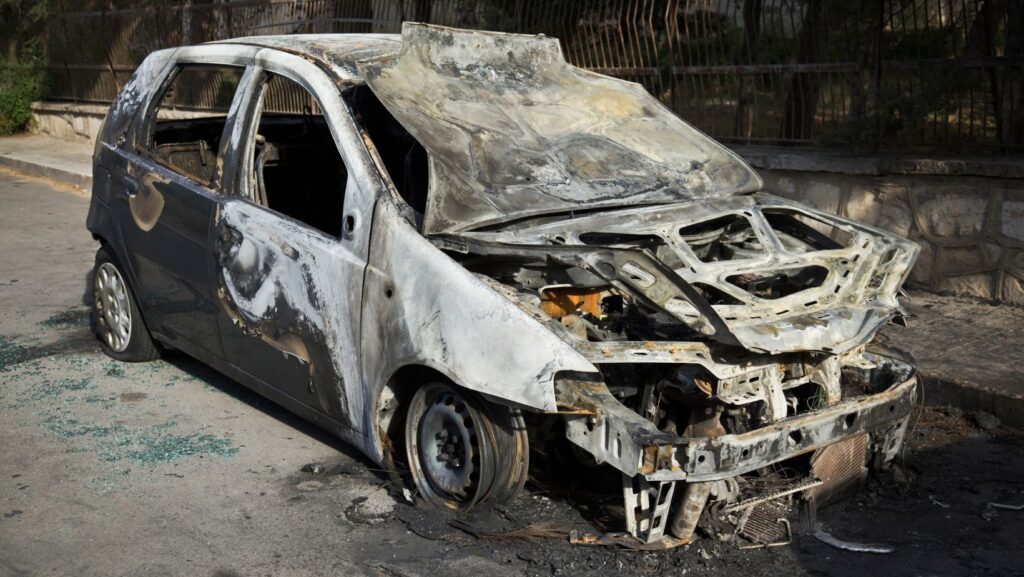Whether it’s a competitive race at full throttle or a daily commute through city streets, car crashes can happen in any environment. Yet, when it comes to who’s legally responsible, the rules shift dramatically between motorsport circuits and public roads. On the street, negligence and traffic laws decide fault. On the track, liability often depends on contracts, consent, and the very nature of racing itself. This article explores the key differences between liability in motorsport crashes and road accidents, and why understanding them can protect both your wallet and your safety.
Where Responsibility Begins and Ends on the Track and the Street
Crashes happen in both motorsports and everyday driving, but determining who’s at fault and who pays can look completely different depending on the setting. On public roads, liability often comes down to negligence, insurance policies, and traffic laws. On the racetrack, liability becomes a more complex mix of contracts, consent, and risk assumption.
For drivers and fans who love both worlds, understanding this difference matters more than you might think. If you ever face a collision on the road, speaking with a West Palm Beach Car Accident Lawyer, if you live in the area, can help you navigate the claims and evidence process more effectively.
Liability in Everyday Road Accidents
On public roads, liability is primarily defined by negligence, the failure to exercise reasonable care while driving. When one driver’s careless actions lead to another person’s injury or property damage, that driver or their insurer is typically responsible for compensating the victim. Investigations typically rely on police reports, eyewitness statements, dashcam footage, and, in some cases, the expertise of accident reconstruction specialists.
Factors like speeding, running red lights, or distracted driving make establishing liability relatively straightforward. The legal process is guided by traffic laws, insurance coverage requirements, and local regulations. Victims can often claim damages for medical expenses, lost wages, and pain and suffering through civil lawsuits or insurance claims. The road accident liability model aims to restore victims to their pre-crash condition, financially, at least.

Liability in Motorsport Crashes
Motorsport, however, operates under a different framework. Drivers, teams, and event organizers typically sign contracts or waivers before a race begins. These agreements acknowledge that racing involves inherent risks, such as high-speed collisions, mechanical failures, or unpredictable track conditions. Since participants willingly accept those risks, establishing liability in a motorsport crash becomes far more complex.
Unless negligence, recklessness, or a safety violation by another party can be clearly proven, most racing incidents are treated as part of the sport. For instance, if a mechanical failure causes a crash, liability may fall on the team responsible for maintenance or the manufacturer of the faulty part. Similarly, if an event organizer fails to enforce safety standards or maintain the track properly, they could share liability. But in most cases, “racing incidents” are simply accepted as an unavoidable part of competition.
The Role of Insurance and Waivers
Insurance coverage also varies dramatically. In road driving, standard auto insurance policies protect against personal injury and property damage claims. In motorsports, however, standard insurance rarely applies once you’re on a closed course. Specialized racing insurance, including driver accident, track day, or liability policies, becomes essential to safeguard participants and teams.
Waivers and liability releases signed before participation often limit legal claims after an accident. These contracts can’t always protect against gross negligence, but they significantly reduce the likelihood of successful lawsuits. That’s why racers, teams, and sponsors work closely with legal experts familiar with motorsport law to ensure proper coverage and protection.
Lessons from Both Worlds
While the environments differ, both road and racing crashes share one lesson: safety and accountability matter. On the road, following laws and maintaining vehicles properly prevents most accidents. On the track, disciplined driving and attention to safety regulations keep competitors alive and the sport sustainable.
Drivers in both settings should understand how evidence, insurance, and legal rights apply to them. Whether it’s a fender-bender during the morning commute or a multi-car pile-up on race day, liability defines how recovery and justice unfold.
Endnote
Understanding liability helps both racers and everyday drivers make smarter, safer decisions. Motorsport may be built on speed and risk, but clear rules and responsibility are what make it possible. Likewise, everyday roads rely on accountability to keep everyone safe. Whether you’re behind the wheel of a race car or a family sedan, knowing how the law views liability could be the key to protecting yourself, on and off the track.



